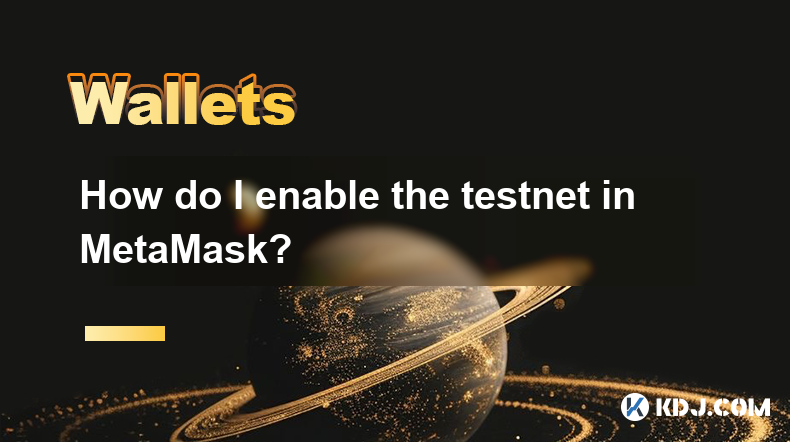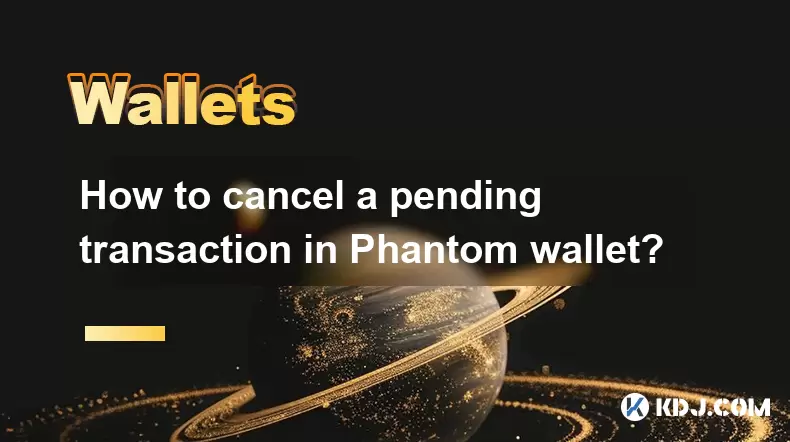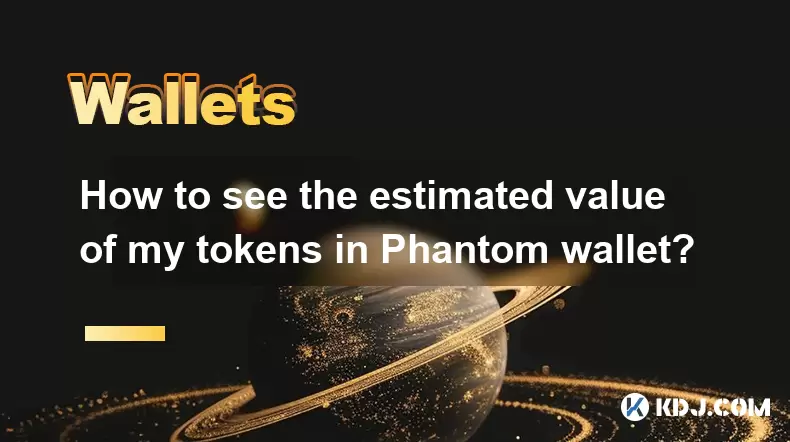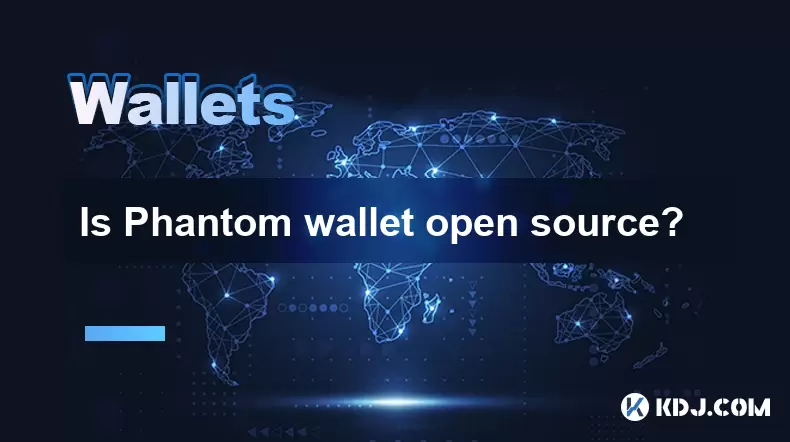-
 Bitcoin
Bitcoin $108,882.1253
-0.18% -
 Ethereum
Ethereum $2,552.5669
-0.81% -
 Tether USDt
Tether USDt $1.0005
0.02% -
 XRP
XRP $2.2403
-2.26% -
 BNB
BNB $660.0215
-0.23% -
 Solana
Solana $150.5827
-1.94% -
 USDC
USDC $1.0000
0.00% -
 TRON
TRON $0.2862
0.88% -
 Dogecoin
Dogecoin $0.1671
-3.38% -
 Cardano
Cardano $0.5826
-3.24% -
 Hyperliquid
Hyperliquid $38.7689
-4.13% -
 Sui
Sui $2.9267
-2.73% -
 Bitcoin Cash
Bitcoin Cash $482.1140
-4.17% -
 Chainlink
Chainlink $13.3784
-3.15% -
 UNUS SED LEO
UNUS SED LEO $9.0410
0.30% -
 Avalanche
Avalanche $18.1461
-3.09% -
 Stellar
Stellar $0.2404
-2.24% -
 Toncoin
Toncoin $2.8244
-2.01% -
 Shiba Inu
Shiba Inu $0.0...01161
-2.32% -
 Litecoin
Litecoin $88.1091
-3.05% -
 Hedera
Hedera $0.1558
-2.72% -
 Monero
Monero $318.0662
-2.09% -
 Polkadot
Polkadot $3.4399
-3.95% -
 Dai
Dai $1.0000
-0.01% -
 Ethena USDe
Ethena USDe $1.0002
0.00% -
 Bitget Token
Bitget Token $4.4678
-2.42% -
 Uniswap
Uniswap $7.3474
-4.23% -
 Pepe
Pepe $0.0...09803
-5.95% -
 Aave
Aave $269.1728
-3.44% -
 Pi
Pi $0.4848
-2.71%
How do I enable the testnet in MetaMask?
To use a testnet in MetaMask, add it as a custom network using the correct RPC URL, Chain ID, currency symbol, and block explorer URL; testnet tokens have no real-world value.
Mar 17, 2025 at 10:06 pm

Key Points:
- MetaMask doesn't directly "enable" testnets. Instead, you add the necessary network information to your existing MetaMask wallet.
- You'll need the correct RPC URL, Chain ID, Currency Symbol, Block Explorer URL, and possibly other details specific to the testnet you want to use.
- Adding a testnet is a straightforward process involving a few simple steps within the MetaMask interface.
- Always ensure you are using the correct network information for your chosen testnet to avoid errors.
- Remember that testnet tokens have no real-world value and are solely for testing purposes.
How Do I Enable the Testnet in MetaMask?
MetaMask doesn't have a simple "enable testnet" button. Instead, you add the specific testnet you wish to use as a custom network. This allows you to interact with dApps and smart contracts built on that particular test network. This process is crucial for developers testing their applications before deploying them to the mainnet.
First, you need to identify which testnet you want to use. Popular choices include Goerli, Sepolia, Rinkeby (Ethereum), and various others for different blockchain networks (e.g., Polygon Mumbai, Binance Smart Chain Testnet). Each testnet has its own unique parameters.
Next, you'll need to locate the network details for your chosen testnet. This information is usually available on the testnet's official documentation or the documentation of the dApp you're interacting with. This information typically includes:
- RPC URL: This is the address of the testnet's node. It allows MetaMask to communicate with the network.
- Chain ID: A unique identifier for the testnet. This is crucial for ensuring transactions are routed correctly.
- Currency Symbol: The symbol used for the native token on the testnet (e.g., "GOR" for Goerli).
- Block Explorer URL: A website where you can view transactions and blocks on the testnet.
- Network Name (optional but recommended): A user-friendly name for the network.
Once you have these details, follow these steps within your MetaMask wallet:
- Open MetaMask: Access your MetaMask extension in your browser.
- Access Settings: Click on the three dots in the top right corner of the MetaMask interface, then select "Settings."
- Navigate to Networks: In the Settings menu, choose "Networks."
- Add Network: Click on "Add Network." This will open a form where you will input the testnet details.
- Enter Network Details: Enter the RPC URL, Chain ID, Currency Symbol, Block Explorer URL, and Network Name (if available) into the respective fields.
- Save Changes: After entering all the necessary information, click "Save." The new testnet should now appear in your MetaMask network list.
After adding the network, you might need to obtain testnet tokens. Most testnets have faucets—websites or applications that dispense small amounts of testnet tokens for free. These tokens are used to pay for gas fees on the testnet. The location of these faucets varies depending on the specific testnet. Remember, these tokens are worthless outside of the testnet environment.
Troubleshooting:
If you encounter issues adding a testnet, double-check the accuracy of the network details you're using. A single incorrect character in the RPC URL or Chain ID can prevent the network from being added correctly. If you continue to have problems, consult the documentation for the specific testnet you're trying to use, or seek help from the community forums for that testnet.
Remember that different blockchains have their own separate testnets. Don't try to use Ethereum testnet details on a Polygon testnet; they're completely incompatible. Always refer to the official documentation of the specific testnet and blockchain you are working with.
Common Questions:
Q: What happens if I use the wrong network details?
A: Using the wrong network details will likely result in failed transactions. Your transactions might not be processed, and you could lose any testnet tokens you try to send.
Q: Can I use the same MetaMask account for both mainnet and testnet?
A: Yes, you can. MetaMask allows you to switch seamlessly between different networks, including mainnet and multiple testnets, without creating new accounts.
Q: Are testnet tokens valuable?
A: No, testnet tokens have no real-world value. They are solely for testing purposes within the testnet environment. They cannot be exchanged for real cryptocurrency.
Q: Why are testnets important?
A: Testnets are crucial for developers to test their smart contracts and decentralized applications (dApps) in a risk-free environment before deploying them to the mainnet. This helps identify and fix bugs before they can impact real users and funds.
Q: What if I forget the network details?
A: You can usually find the necessary network details again by searching for "[Testnet Name] RPC URL" or similar terms on the internet. The official documentation for the specific testnet will also have this information.
Disclaimer:info@kdj.com
The information provided is not trading advice. kdj.com does not assume any responsibility for any investments made based on the information provided in this article. Cryptocurrencies are highly volatile and it is highly recommended that you invest with caution after thorough research!
If you believe that the content used on this website infringes your copyright, please contact us immediately (info@kdj.com) and we will delete it promptly.
- Bitcoin's Pattern Break: Are HODLers the Key to the Next Surge?
- 2025-07-04 18:50:12
- Bitcoin Price, Trump's Bill, and the $150K Dream: A NYC Take
- 2025-07-04 19:50:12
- Ethereum, LILPEPE, and the July Bounce: Will Pepe Steal ETH's Thunder?
- 2025-07-04 19:10:12
- Binance Institutional Loans: Unlocking 4x Leverage and Zero Interest for Whales
- 2025-07-04 19:15:12
- Bitcoin Bull Run: Analysts Eye Peak in Late 2025?
- 2025-07-04 19:20:13
- Pepe Indicators, Bullish Forecast: Can the Meme Coin Rally?
- 2025-07-04 19:25:12
Related knowledge

How to cancel a pending transaction in Phantom wallet?
Jul 03,2025 at 07:21pm
Understanding Pending Transactions in Phantom WalletA pending transaction in the Phantom wallet occurs when a user initiates a transfer or interaction with the Solana blockchain, but it hasn't yet been confirmed by the network. This can happen due to various reasons such as low transaction fees, network congestion, or incorrect gas settings. It's import...

How to see the estimated value of my tokens in Phantom wallet?
Jul 04,2025 at 12:21am
What is Phantom Wallet?Phantom wallet is one of the most popular cryptocurrency wallets designed for the Solana blockchain. It allows users to store, send, receive, and manage various tokens built on Solana, including SPL tokens and NFTs. The wallet offers a user-friendly interface, making it accessible for both beginners and advanced users in the crypt...

How to lock my Phantom wallet extension?
Jul 03,2025 at 11:14am
What Is the Phantom Wallet and Why Lock It?The Phantom wallet is a popular non-custodial cryptocurrency wallet designed for interacting with the Solana blockchain. Supporting both browser extensions and mobile apps, Phantom allows users to store, send, receive, and stake SOL tokens, as well as interact with decentralized applications (dApps). Securing y...

Does Phantom wallet offer two-factor authentication (2FA)?
Jul 03,2025 at 09:00am
Understanding Phantom Wallet and Its Security FeaturesPhantom wallet is a widely used non-custodial cryptocurrency wallet that supports the Solana blockchain. It allows users to store, send, receive, and interact with decentralized applications (dApps) seamlessly. As security is a top priority for any crypto wallet user, security features like two-facto...

What is "rent" on Solana and how does it affect my Phantom wallet?
Jul 02,2025 at 08:35pm
Understanding 'Rent' on SolanaIn the context of Solana, the term 'rent' refers to a storage fee that users pay for maintaining data on the blockchain. Unlike Ethereum, where storage costs are paid once via gas fees during contract deployment, Solana implements a recurring cost model to ensure efficient usage of network resources. This means that any acc...

Is Phantom wallet open source?
Jul 03,2025 at 12:29am
What is Phantom Wallet?Phantom wallet is a non-custodial cryptocurrency wallet primarily designed for the Solana blockchain. It allows users to store, send, receive, and interact with decentralized applications (dApps) on the Solana network. The wallet is available as a browser extension and mobile application, offering a seamless experience for both be...

How to cancel a pending transaction in Phantom wallet?
Jul 03,2025 at 07:21pm
Understanding Pending Transactions in Phantom WalletA pending transaction in the Phantom wallet occurs when a user initiates a transfer or interaction with the Solana blockchain, but it hasn't yet been confirmed by the network. This can happen due to various reasons such as low transaction fees, network congestion, or incorrect gas settings. It's import...

How to see the estimated value of my tokens in Phantom wallet?
Jul 04,2025 at 12:21am
What is Phantom Wallet?Phantom wallet is one of the most popular cryptocurrency wallets designed for the Solana blockchain. It allows users to store, send, receive, and manage various tokens built on Solana, including SPL tokens and NFTs. The wallet offers a user-friendly interface, making it accessible for both beginners and advanced users in the crypt...

How to lock my Phantom wallet extension?
Jul 03,2025 at 11:14am
What Is the Phantom Wallet and Why Lock It?The Phantom wallet is a popular non-custodial cryptocurrency wallet designed for interacting with the Solana blockchain. Supporting both browser extensions and mobile apps, Phantom allows users to store, send, receive, and stake SOL tokens, as well as interact with decentralized applications (dApps). Securing y...

Does Phantom wallet offer two-factor authentication (2FA)?
Jul 03,2025 at 09:00am
Understanding Phantom Wallet and Its Security FeaturesPhantom wallet is a widely used non-custodial cryptocurrency wallet that supports the Solana blockchain. It allows users to store, send, receive, and interact with decentralized applications (dApps) seamlessly. As security is a top priority for any crypto wallet user, security features like two-facto...

What is "rent" on Solana and how does it affect my Phantom wallet?
Jul 02,2025 at 08:35pm
Understanding 'Rent' on SolanaIn the context of Solana, the term 'rent' refers to a storage fee that users pay for maintaining data on the blockchain. Unlike Ethereum, where storage costs are paid once via gas fees during contract deployment, Solana implements a recurring cost model to ensure efficient usage of network resources. This means that any acc...

Is Phantom wallet open source?
Jul 03,2025 at 12:29am
What is Phantom Wallet?Phantom wallet is a non-custodial cryptocurrency wallet primarily designed for the Solana blockchain. It allows users to store, send, receive, and interact with decentralized applications (dApps) on the Solana network. The wallet is available as a browser extension and mobile application, offering a seamless experience for both be...
See all articles

























































































